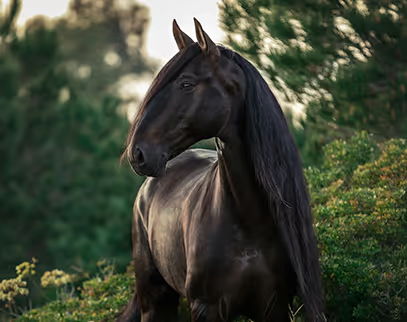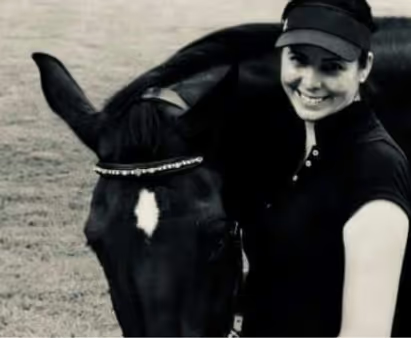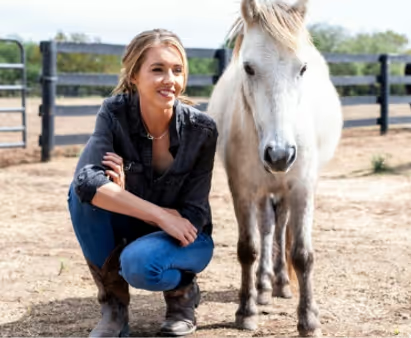Become a better equestrian
We envision a world where humans live in harmony with horses based on a deep understanding and regard for the horse’s needs in today’s world
Research backed courses on horse welfare
Learn from the best around the world on a variety of topics covering the whole horse.
Compassionate Training
Learn training methods that prioritize trust, respect, and the emotional well-being of your horse, fostering a stronger and healthier bond.
Browse Courses
Hoof Care & Farrier
Discover best practices for hoof care, supported by expert insights, to keep your horse sound, comfortable, and thriving.
Explore Video Gallery
Under Saddle Training
Master techniques that enhance your horse’s performance while maintaining their physical and emotional welfare.
See Webinars
Equine Behavior
Understand your horse’s natural instincts and behaviors to create a stress-free and cooperative relationship.
Browse Courses
Biomechanics & Bodywork
Explore how movement and bodywork influence performance, comfort, and longevity in your horse’s life.
Explore Video Gallery
Saddle & Equipment Fitting
Ensure your saddle and equipment are correctly fitted to maximize comfort, safety, and performance for both horse and rider.
See Webinars
Top knowledge from our team of professionals
We have the largest collection of the top professionals in their field sharing their knowledge and research.
 Dr. Sue Dyson Behavior / Lameness
Dr. Sue Dyson Behavior / Lameness Dr. Gerd Heuschmann Correct biomechanical training
Dr. Gerd Heuschmann Correct biomechanical training Mary Wanless Rider Posture
Mary Wanless Rider Posture Christi Di Colla A new paradigm in bodywork
Christi Di Colla A new paradigm in bodywork Georgie Welge Saddle fit
Georgie Welge Saddle fit Adela Shaw Equine Behavior
Adela Shaw Equine Behavior
Become a member.
Your horse will thank you.
Get discount on courses, and free access to our library of webinars, live streams with top trainers, vets, and research backed articles. Stay at the forefront of the horse care.
- Monthly
- 30% discount on Equitopia courses
- All our Live Webinars with Q&A and the recordings
- Our ENTIRE Video Library (100+ Videos)
- All the members-only Blog Posts and Research Articles
- Access to Equitopia Members’ Academy
- Access to the community discussion area
- Access to the directory of professionals
- Discounts on Equitopia clothing
- Annually
- 30% discount on Equitopia courses
- All our Live Webinars with Q&A and the recordings
- Our ENTIRE Video Library (100+ Videos)
- All the members-only Blog Posts and Research Articles
- Access to Equitopia Members’ Academy
- Access to the community discussion area
- Access to the directory of professionals
- Discounts on Equitopia clothing
Hear what our members have to say
Learn from the best from around the world on a variety of topics covering the whole horse.
Equitopia provides thorough and trustworthy education in an easy to follow and interesting presenting style. I’m really grateful for the resources at hand – all online and without the restriction of distance!
A. Thomas South AfricaEquitopia provides an intuitive learning portal that really targets key knowledge areas for equestrians and uses reputable, industry leading figures who ensure the information is both interesting and reliable.
C. Hollywood N. IrelandI like evidence-based articles. I love the option of being able to take a short course online and at my own pace!
J. Davy Australia

